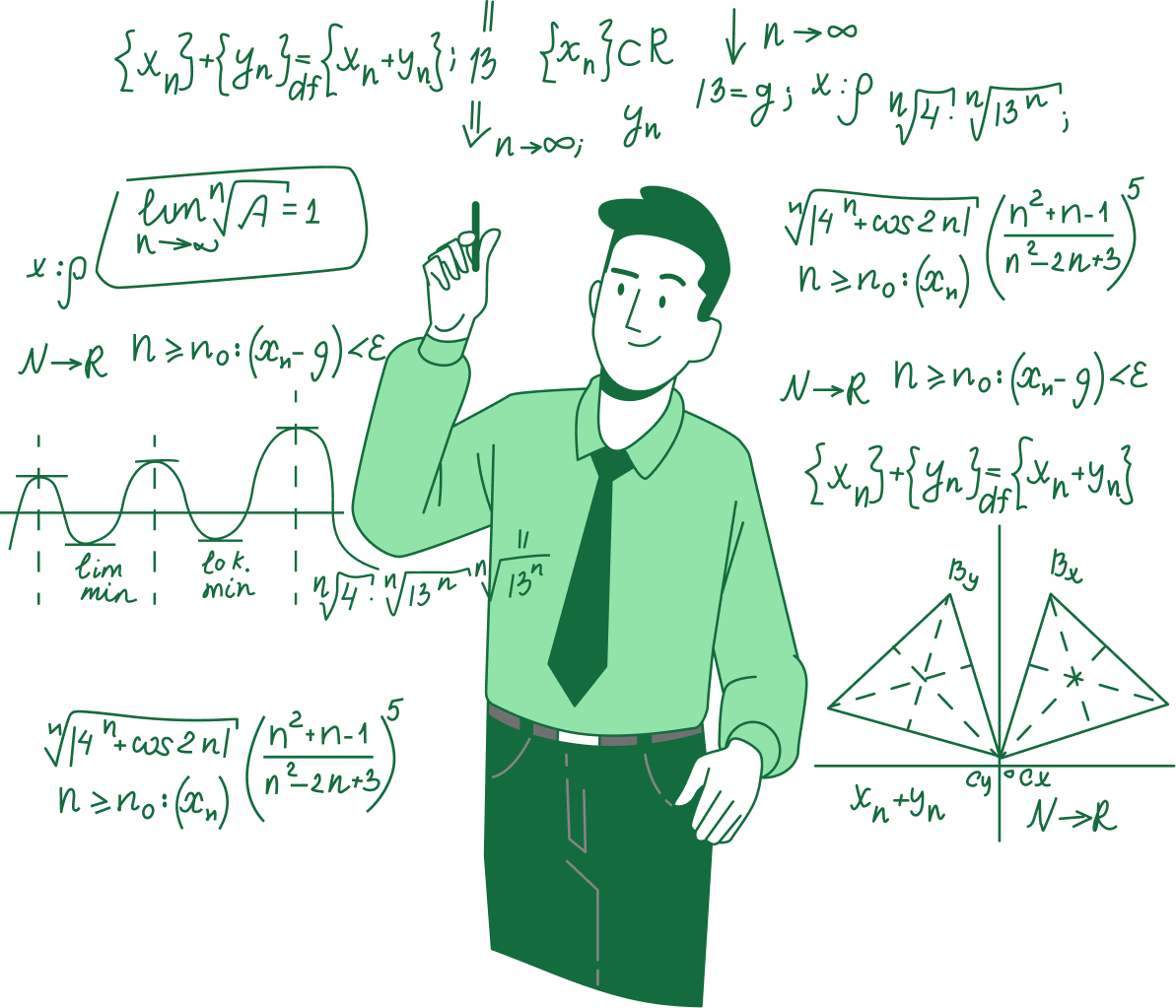Algebraic Expressions – Complete Guide For Class 7 Math Chapter 10
Welcome to iPrep, your Learning Super App. Our learning resources for the chapter, Algebraic Expressions in Mathematics for Class 7th are designed to ensure that you grasp this concept with clarity and perfection. Whether you’re studying for an upcoming exam or strengthening your concepts, our engaging animated videos, practice questions and notes offer you the best of integrated learning with interesting explanations and examples.
The chapter on Algebraic Expressions introduces students to the fundamentals of algebra, teaching them how to create and work with expressions. This chapter covers the basics of variables, constants, coefficients, and constructing algebraic expressions. Students learn to identify and combine like terms, understand the significance of expressions in equations, and perform basic operations on algebraic expressions. Mastering these concepts lays a foundation for solving equations and inequalities, enabling students to tackle more complex mathematical problems and apply algebraic thinking to real-life situations.
Algebraic Expressions

Basic Expressions:
Introduction
Algebra is a branch of mathematics that introduces the use of letters to represent numbers. These letters, known as variables, can stand for various values, unlike constants that have fixed values. Operations can be performed on these variables just like numbers, leading to the study of algebraic expressions and their properties.
Formation of Expressions
Key Points:
- Variables: Can take various values (e.g., x, y, l, m).
- Constants: Have a fixed value (e.g., 20, 9, -380).
By combining variables and constants using addition, subtraction, multiplication, and division, we create algebraic expressions.
Terms of an Expression
Expressions are made up of parts known as terms, which are formed separately and then added together. For example:
In 4x+5, the term 4x (a product of 4 and x) is added to 5.
In 4x² −3xy, the terms 4x² and −3xy are added to form the expression.
Factors of a Term
Each term in an expression is a product of its factors. For example, in 4x² , the factors are 4, x, and x. Similarly, in −3xy, the factors are -3, x, and y.
Coefficients
The numerical factor in a term is called its coefficient. For instance, in the term 3xy, 3 is the numerical coefficient.
Example: Identify terms that are not constants and their numerical coefficients:
- Expression: xy + 23, Term: xy, Coefficient: 1
- Expression: 45 − x² , Term: −x², Coefficient: -1
- Expression: 14 − p + 7p², Terms: −p, 7p² , Coefficients: -1, 7
- Expression: 3x²y − 2xy² + 9, Terms: 3x² y, −2xy² , Coefficients: 3, -2
Like and Unlike Terms
Like Terms: Terms with the same algebraic factors. For example, in 5pq − 3q + 7pq − 4, the terms 5pq and 7pq are like terms.
Unlike Terms: Terms with different algebraic factors. For example, in 5pq − 3q + 7pq − 4, the terms 5pq and −3q are unlike terms.
Steps to Identify Like or Unlike Terms:
- Ignore numerical coefficients. Only check the algebraic part of the terms.
- Check if the variables are the same or not.
- Also, check the powers of variables in the terms.
Monomials, Binomials, Trinomials, and Polynomials
Monomial: An expression with one term (e.g., 9pq, −3x, 2m², 14).
Binomial: An expression with two unlike terms (e.g., x+y, 3p+q², m²−n²).
Trinomial: An expression with three terms (e.g., 2m+n+2, pq+p+q, 4x²+4xy+y²).
Polynomial: An expression with one or more terms (includes monomials, binomials, and trinomials).
Adding and Subtracting Like and Unlike Terms
Key Points:
- The sum of two or more like terms is a like term with a numerical coefficient equal to the sum of the numerical coefficients of all the like terms.
- The difference between two like terms is a like term with a numerical coefficient equal to the difference between the numerical coefficients of the two like terms.
- Unlike terms cannot be added or subtracted the way like terms are added or subtracted
Example:
- 3q + 9q = 12q
- 3mn + 4mn + mn = 8mn
- 8p−3p = 5p
Adding and Subtracting General Algebraic Expressions
Examples:
- Add 13y+12 and 7y−5: 13y + 12 + 7y−5 = 20y+7
- Subtract m−2n from 3m−4n + 5: 3m−4n+5−(m−2n) = 2m−2n+5
Finding the Value of an Expression
The value of an expression depends on the values of the variables.
Example: Find the values for y = 2:
- y+3 = 2+3 = 5
- 4y−5 = 4 × 2−5 = 8 – 5 = 3
- 19−5y² = 19 − 5 × 2² = 19 – 20 = -1
- 100−10y³ = 100 − 10 × 2³ = 100 – 80 = 20
In conclusion, mastering the concepts in Class 7 Math Chapter 10 – Algebraic Expressions is crucial for building a strong foundation in algebra. By understanding how to create, identify, and manipulate algebraic expressions, students gain the skills necessary to solve equations and apply algebraic thinking to a wide range of mathematical problems. The chapter on Algebraic Expressions not only introduces you to the basics of variables, coefficients, and terms but also empowers you to confidently tackle more advanced topics in the future. With iPrep Learning Super App’s engaging resources, you’ll be well-equipped to excel in your studies and deepen your understanding of Algebraic Expressions.
Practice questions on Chapter 10 - Algebraic Expressions
Get your free Chapter 10 - Algebraic Expressions practice quiz of 20+ questions & detailed solutions
Practice Now








